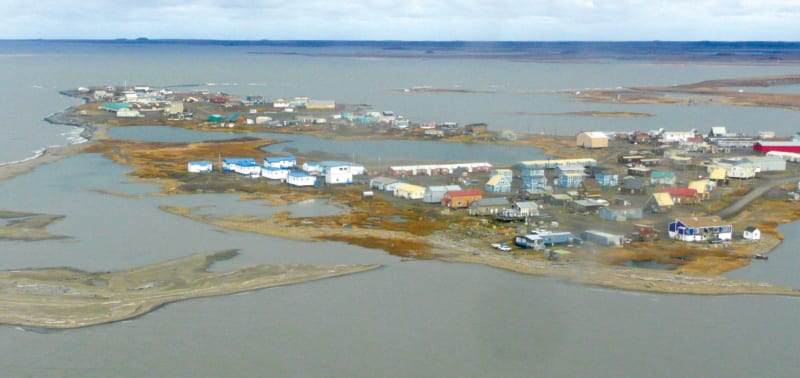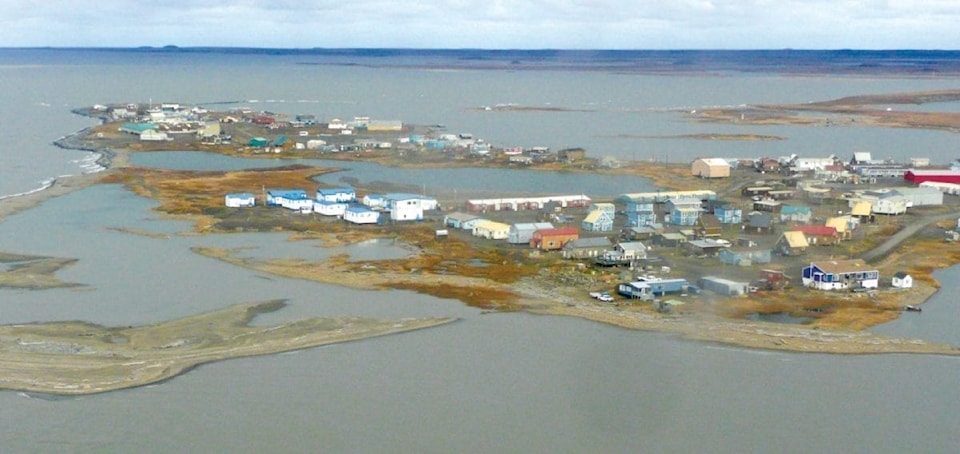The self in self-government refers to the people in distinct and autonomous communities who have been waiting for their treaty rights to mature like a long-term savings bond.
The governing has to come from somewhere else. It's why progress toward the ideal for Indigenous governments from the Dehcho to the Beaufort becomes a zero-sum exercise: if a local body is going to expand the cache of public services it has control over and responsibility for, an upper level of government is going to have to give something up.

In the Northwest Territories, that's probably going to mean a leaner GNWT.
In Antoine Mountain's column this week, he points out the treaties that apply to what is described now as the Northwest Territories, 8 and 11, embody a nation-to-nation conversation. Canada is a "bystander" to these agreements with the British Crown. There is no consideration given to a regional body acting as a go-between for the go-between.
Control over health care and education, Mountain writes, was the original goal of the Indian Brotherhood, but its direct descendent, the Dene Nation, hasn't pursued that course of action. Shifting those departments from the GNWT to Indigenous bodies would check off a number of the priorities of the 19th Legislative Assembly, including settling land and self-government claims, implementing the UN Declaration on the Rights of Indigenous Peoples, establishing more culturally respectful mental health and addictions programming and, not least of all, creating more jobs in the communities.
The simplest conclusion is that the GNWT will shrink or even cease to exist in its current form. That isn't a knock on the largest employer in the territory, the body that when transferred from Ottawa in 1967 by the first commissioner of the NWT to reside here, Stuart Hodgson, brought responsible government to the Canadian frontier.
It may be that the GNWT will not disappear but transform into a body that hosts meetings of the leaders of the various Indigenous governments in place of a legislature of MLAs, while representing interests of non-Indigenous residents.
None of the 19th Assembly's priorities talk about shedding the Department of Health, but they don't contemplate a bigger GNWT, either.
If we're hard on the GNWT, which is a convenient acronym that refers to a diverse group of public servants, from bureaucrats like policy directors to front-line workers like nurses, doctors and teachers, it's because we have high expectations and what it – what they – say and do still mean a lot.
A vote for devolution shouldn't be seen as judgment on the present, but for the vast potential of the future.
Chiefs, MLAs and cabinet ministers need to start asking and answering questions about settling all those outstanding claims and exactly what future devolution will look like from a bird's eye view, what it will mean on the ground, and, most importantly in a lot of places, who decides what happens to the riches hiding underneath it.
The potential of a Northwest Territories of Indigenous governments with full and proper control over their traditional lands is limitless. The only alternative to open and earnest communication now is conflict down the road.
